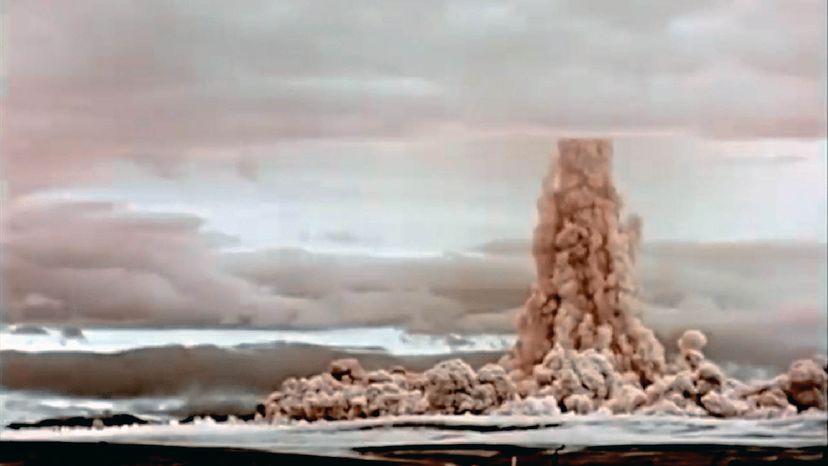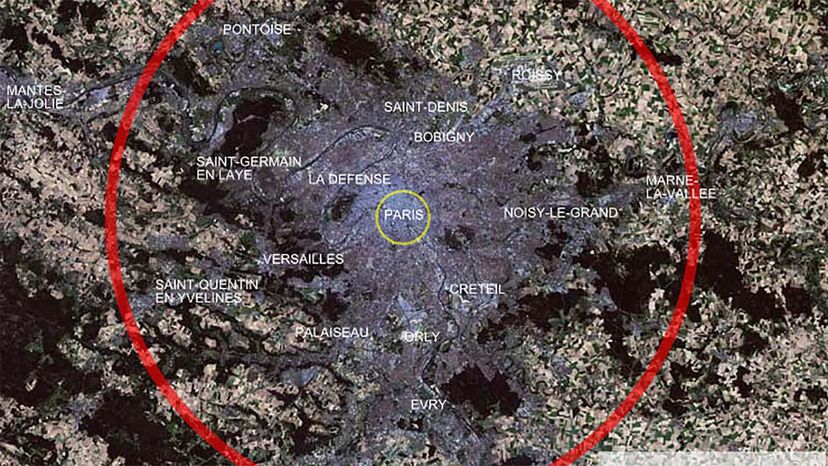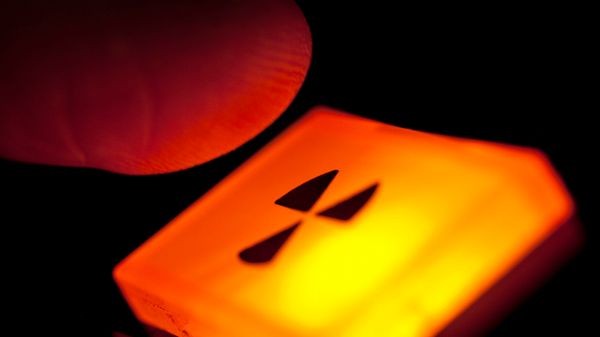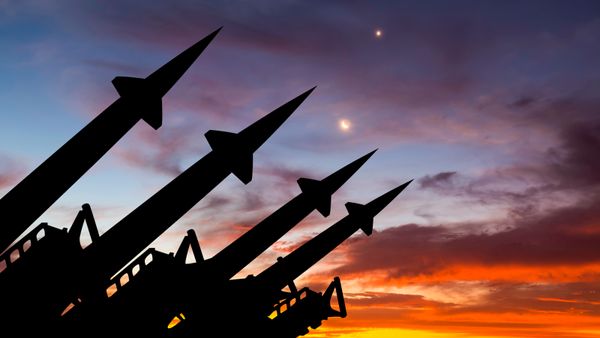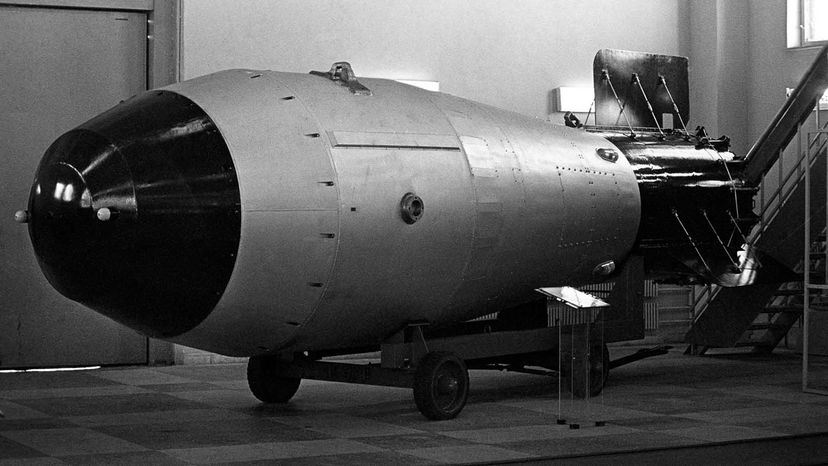
Key Takeaways
- On Oct. 30, 1961, the Soviet Union tested Tsar Bomba, the most powerful nuclear weapon ever built, with an estimated yield of 57 megatons.
- Tsar Bomba's detonation destroyed everything within a 22-mile (35 km) radius and generated a towering mushroom cloud, causing limited fallout.
- Despite its immense power, Tsar Bomba was considered impractical as a weapon due to its size and the development of more efficient strategic missile systems.
On Oct. 30, 1961, a specially equipped Soviet Tu-95 bomber flew toward Novaya Zemlya, a remote chain of islands in the Arctic Ocean. It was a site that the Soviet Union frequently used for nuclear tests. It was accompanied by a smaller plane equipped with a movie camera and instruments for monitoring air samples and nuclear fallout.
But this wasn't just a routine nuclear test. Attached to the underside of the plane was a thermonuclear bomb that was so big it wouldn't fit inside the normal interior bomb bay. The cylindrical device was 26 feet (8 meters) long and weighed nearly 59,525 pounds (27 metric tons).
Advertisement
The nuclear bomb had the prosaic official name of izdeliye 602 ("item 602"), but it's gone down in history with the nickname of Tsar Bomba — the Russian way of calling it the emperor of nuclear bombs.
